Cyclamen Caucasian: description, planting and care
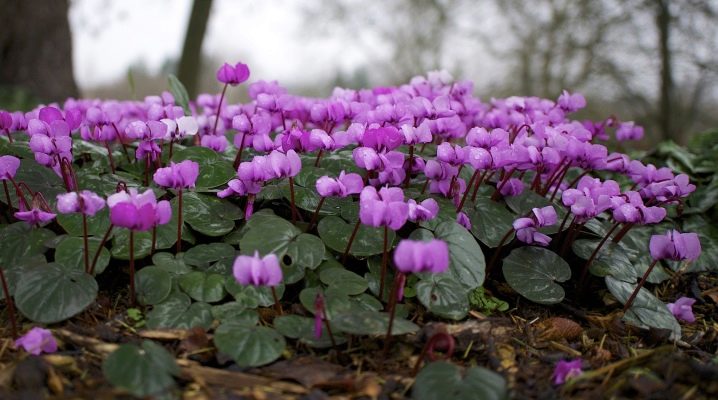
Caucasian cyclamen is a small tuberous plant of the subspecies Cyclamen Kosky. Belongs to the subfamily of angiosperms, the seed embryo of which has two opposite leaf parts. This plant is rare and included in the Red Book of the Russian Federation.
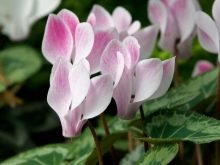
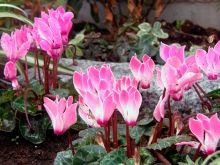
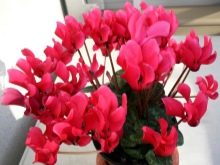
Spreading
The plant that falls under the description of cyclamen is found on the territory of the Krasnodar Territory (Russia), in some regions of Georgia and Azerbaijan. The average percentage of the cyclamen population can be found in the eastern Mediterranean, the Balkans and Asia Minor.
On the territory of Russia, the plant was seen in the forest regions of Krasnaya Polyana, in the south of Tuapse, in the Apsheron region and in other territories of the Caucasus.

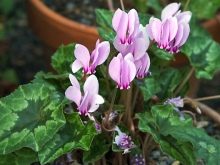
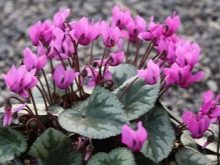
Peculiarities
The flower grows in mountainous areas, mainly among forests and shrubs. The most common growing height is the lower and middle altitudinal belts.
Cyclamen is a perennial plant with individual flower appearance. The shape of the petal, which is slightly turned in relation to the center, tapers sharply towards the base. The features of the shape and color combinations of a flower can be influenced by external factors: the place of growth, climate, soil composition, and others.
This flower is a primrose and shows signs of flowering in the first weeks after the snow melts.
The average period for the appearance of the first flowers is early April. In recent years, due to changes in the climatic characteristics of the localities, the time of the beginning of flowering has shifted towards winter.

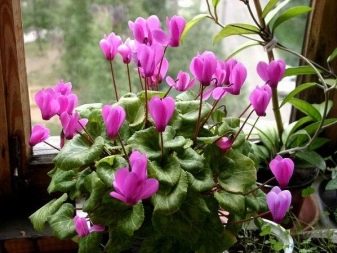
The aerial part of the cyclamen dies off completely by the middle of summer. During the subsequent period of growth, new shoots, leaves, buds appear. In this form, the plant hibernates, after which the cycle repeats.
During blooming, cyclamen consumes a lot of moisture. This need is easily met during early spring. After the end of flowering, the plant falls into suspended animation and practically does not consume any resources. This allows him to easily endure the summer heat and drought.
There have been cases of cyclamen growing in moss on a tree trunk or stump. At the same time, the flower does not harm the tree, receiving a sufficient amount of nutrients on the surface of its bark.
Torn off, with proper care, cyclamen can retain its proper appearance for 10-12 days.
Flower tubers take root well in captivity. There are artificially bred varieties of this plant, endowed with pronounced decorative external characteristics. With a clear understanding of the properties of this plant, it can be grown independently and even used for medicinal purposes.
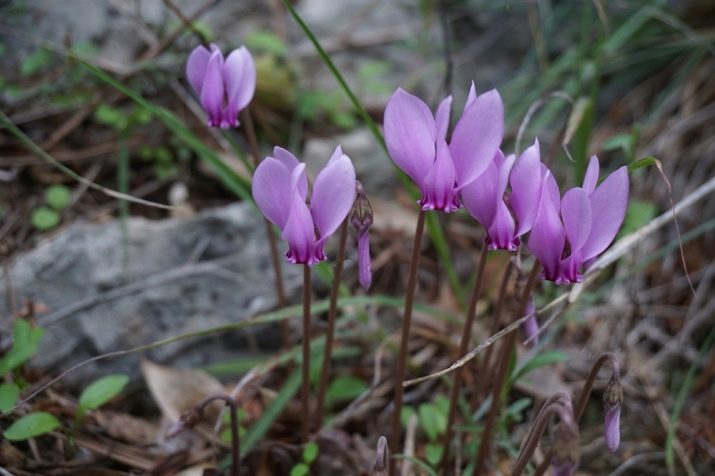
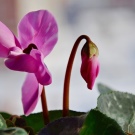
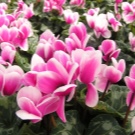
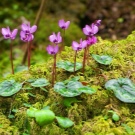

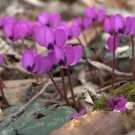
How to plant?
Ornamental cyclamen can be purchased at any flower shop. In this case, for a certain period, the plant can be left in the store land. In the future, it must be completely changed or brought to its proper form gradually. To achieve the second, it is necessary to regularly, but not in large quantities, feed the flower with various fertilizers of natural origin and add a small amount of new soil taken from the wild. The procedure for "refining" the store soil is carried out in several stages so as not to shock the plant.

Planting a wild cyclamen. Unlike a decorative flower, wild cyclamen takes root well both in the garden and in a flower pot. Its tubers can be dug up in the forest.It should be remembered that it is included in the Red Book, and large-scale harvesting of seedlings can be regarded as a violation of the established legislation. To breed Kosky Tsiklamen at home, it is enough to have just a few tubers. Moreover, they can take root not only in a holistic form, but also in a partial one.
It is important to choose the right time to dig out the forest seedling. The optimal period for harvesting tubers is from late summer to mid-autumn.
During these months, a slowdown in the activity of metabolic processes is observed in the cellular structure of the plant. A kind of dream ensues, which brings the flower to a state of readiness for transplantation.
Dig up the tubers with care, trying not to damage the roots. The latter are located in the center of the underside of the tuber and can go up to 10 cm into the ground. Using a garden trowel, vertical cuts should be made in the soil around the bush. The distance from the estimated center of the root system to the incisions should be 10 to 15 cm.
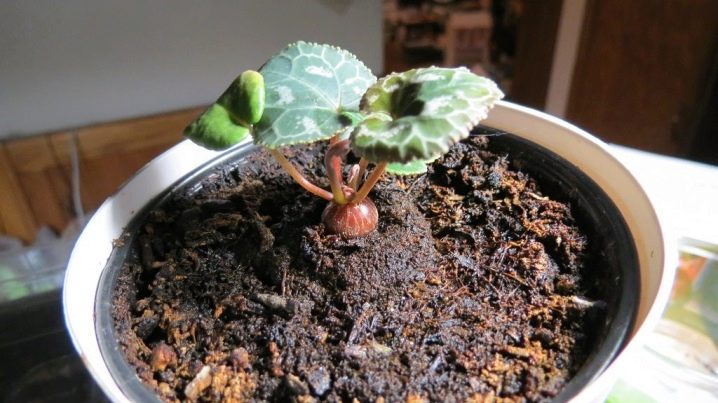
The tuber system, together with the stems coming from it, must be removed from the soil. When taking out a clod of earth, it is important not to tear off a significant part of the roots. Once removed, the soil can be carefully removed from the tubers. In one bush, there can be from 2 to 3 pieces. There are bushes with 5 tubers or one large tubers.
To transport the resulting snowdrop root, you can use a plastic bag, abundantly moistened with water inside. After placing the seedlings there, it is important not to close the bag too tightly. Otherwise, the tubers may "cook".
The best conditions for plant survival will be created by the soil in which it grew before. It is necessary to collect a small amount of it. The amount of land harvested is determined by the place where the plant will be transplanted. If its future place is in a flower pot, then the volume of the earth will be equal to the internal volume of the pot, plus one third (for further bedding). In the event that the flower is planted outdoors, there is no need to harvest a lot of soil. A sufficient amount of it will be such that it is enough to fill the hole in which the tuber will be placed.
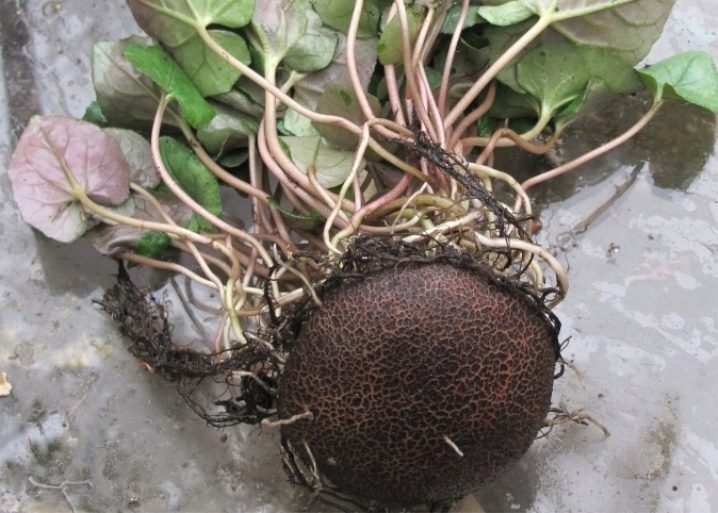
Whole tubers take root best. However, for breeding purposes, you can divide each tuber into several parts. This should be done with caution. If the division is wrong, some parts may be unusable. In order to avoid such excesses, you need to cut the root crop with a sharp knife into 4 parts, drawing perpendicular cutting lines through the center. At the same time, make sure that a sufficient number of roots remain on each part.
Disembarkation is carried out as follows: dig a hole 5-8 cm deep in the right place. Place a tuber or part of it there. Drizzle with a little water and bury without tamping. The looseness of the soil above the tubers is important to ensure the delivery of oxygen, which the plant needs most when a stressful situation occurs.
Choosing the right place for planting is an important factor in determining the effectiveness of survival.
Cyclamen does not like to grow at the peak of a hill. Such a place quickly loses moisture, which negatively affects the further growth and formation of the entire root system. If it is placed in a lowland, this can also negatively affect further growth. Moisture accumulates in the deepening, which contributes to decay of the transplanted tuber.
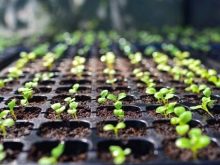
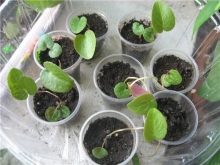
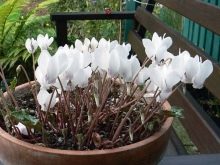
Subtleties of care
Cyclamen is ideal for growing in the wild. For his successful growth in captivity, it is necessary to try to create conditions as close as possible to those in which he grew up before.
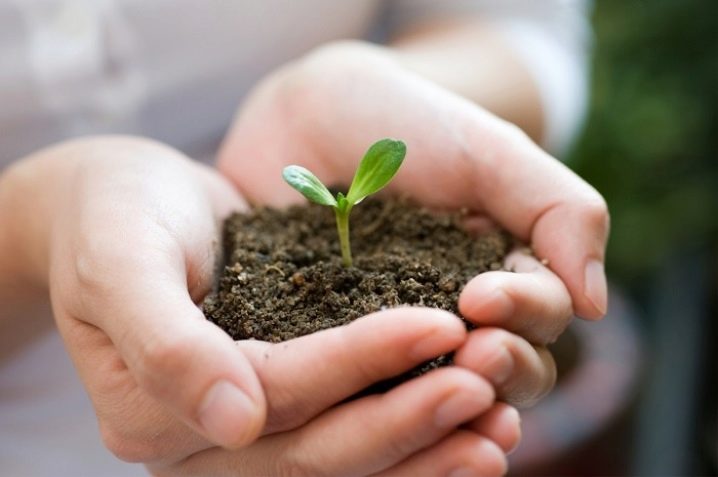
It is worth paying attention to where it grew before transplanting and what trees or shrubs were nearby. It will be useful to collect a certain amount of fallen leaves from nearby plants and cover the new planting site with them.Those trace elements contained in these leaves can be useful for cyclamen at the initial stage of survival. This will create the right conditions for this.
This flower should not be planted under a tree with a dense crown. He does not like direct sunlight as well as an abundance of shade.
In the spring, when the cyclamen begins to bloom, it is important that it has enough sun and moisture. In other periods, it must be watered at least once every three days. Watering should not be too strong.
Cyclamens multiply rapidly. For the further development of a good root system, it is worth taking care of sufficient free space. However, the flower itself also controls the growth of tubers, depending on the available space in the soil and the amount of nutrients it receives from it. For example, a cyclamen planted in a flower pot rarely produces more than 2 tubers. Only their size increases.
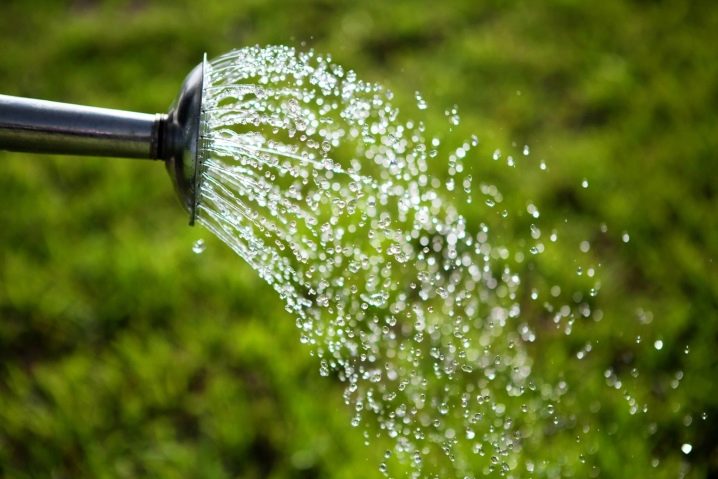
After the end of the flowering period, it is recommended to remove dried stems and flower remnants. Some of them can still receive nutrition, which will reduce the amount delivered to fresh leaves. Large leaves can be ripped off to stimulate the growth of smaller ones.
The leaf material is the flower's solar cells and is extremely important for its successful growth.
Through them, the cyclamen receives the resources necessary for the process of photosynthesis.
Subject to the rules of transplantation and subsequent proper care, Caucasian cyclamen can grow successfully at home and delight the gardener's eye.
For general information on cyclamen, see the video below.







































































































The comment was sent successfully.